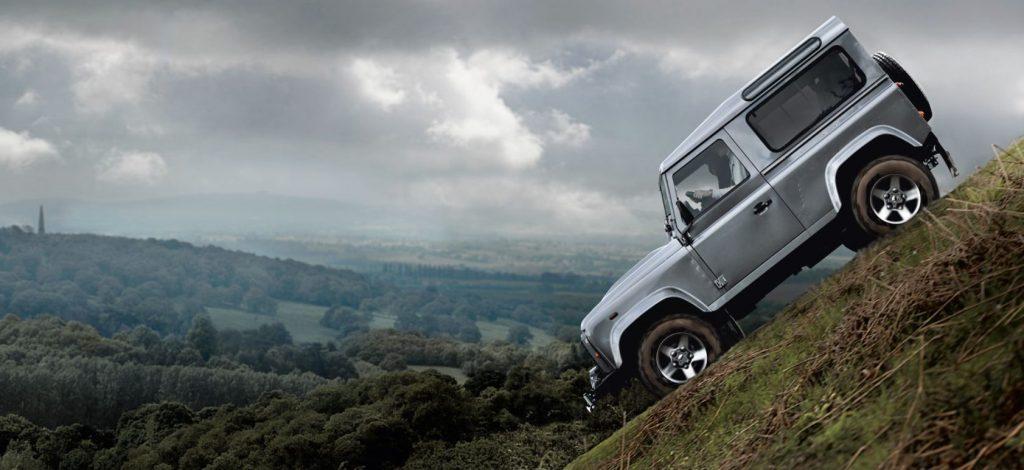Does Releasing The Accelerator Pedal Burns Fuel? Know Here!
Fuel efficiency is a thing that has become the need of the hour. Every car manufacturer has been striving hard to create a vehicle that puts fewer burdens on the environment. You may know that depressing the accelerator burns fuel. The question here is, does releasing the accelerator pedal burns fuel? That is an interesting mystery to uncover. Read on, to find out.
Does Releasing The Accelerator Pedal Burns Fuel?
When you slow down the speed of your car, you may be expecting that the fuel consumption lowers down. Does that really happen? Let’s find out.
1. The Case Of Engine Braking
Assume that your car is running at a speed of 60 mph. The gearbox is engaged in the fourth gear, and the clutch is depressed. Next, you lift your foot from the accelerator. This is called “engine braking,” and it would directly lead to zero fuel consumption, i.e., the engine demands no fuel to keep going. This is not an ideal situation as it can halt your car in the middle of nowhere.
The fuel injection system is installed to address the issue. These systems have a threshold speed, and when after deceleration, that threshold value is reached, the fuel supply opens by itself. This is important for keep going as well as for maintaining the long life of the engine. The above justification answers whether releasing the accelerator pedal burns fuel or not. Let’s look into some other interesting theories, below.

SEE MORE:
- Pressing The Clutch While Starting In Neutral Gear: Necessary Or Not?
- What Happens When You Shift Without Using The Clutch In Manual Cars?
2. Deceleration Fuel Cut Off
Many modern cars today are embedded with a feature called, “Deceleration fuel cut off,” or aptly DFCO. This feature makes sure that no fuel is burned when you release the accelerator slowly. The feature may not trigger immediately though when coasting or engine braking.
Then there comes neutral idling. There may be a case when you are neither starting nor stopping, and you are just moving while engaging in the neutral gear. If you think that the gas would not be burned in this case too, you are mistaken. Gas would be burned to keep the engine running no matter what. Refer to driving tips for knowing the consequences of keeping the car in gear while in traffic.
3. Stationary vs. In-Motion
When your engine is idling, i.e., the car is stationary, but the engine is “ON,” the fuel would burn for sure. Considerably a small amount of gas would be utilized for running the engine. On the other hand, if the car is moving and you take off your foot off the accelerator, things are pretty different. The modern fuel injected vehicles, make sure that “no fuel” is used when coasting down a hill. There is a catch though! The engine should be spinning at some predefined RPM.
The proof of such “no fuel” condition can be witnessed when you turn the heater on while descending a hill. You are in gear, but your foot is off the accelerator, and the RPM is above a certain limit. You will witness that the air that is expelled from the heater is cooler. This happens because no gas is being burned to maintain the engine’s warmness. You should not forget that as soon the RPM goes way too low, the engine would automatically start utilizing gas, irrespective of accelerator being released.

>> Looking for a second-hand car from Japan? Click here <<
Wrapping Up
You would know by now, whether releasing the accelerator pedal burns fuel or not. One should remember, gas saving is the necessity of the hour. That is why it is always recommended to use fuel-efficient driving tactics, to improve one’s carbon footprint.














